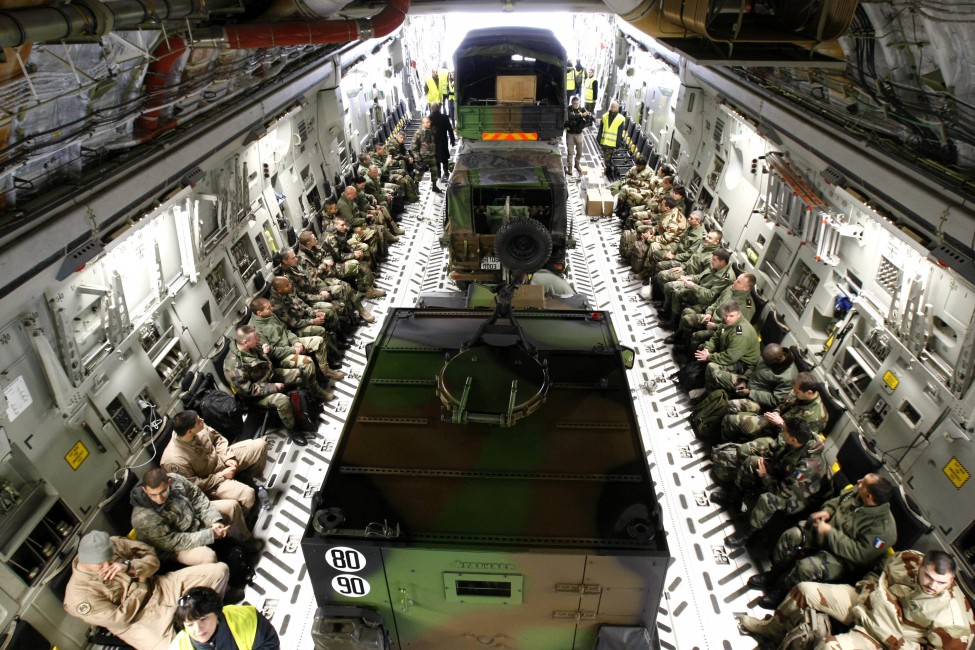
From Wall Street Journal: The French armed forces field some of the world’s most sophisticated fighter jets, nuclear submarines, attack helicopters and armored vehicles. The country spent $52 billion last year on defense, which puts it in the world’s top league in total military spending. That’s more than twice what such robust middle powers as South Korea, Turkey and Israel spend.
Yet in its commendable efforts to fight terrorists in Mali, Paris is all but begging for logistical and military support and has come up short on everything from refuelling to surveillance to heavy transport. Independently deploying a brigade-sized force to a country a mere five hours flight-time away is proving a bridge too far. How did that happen?
The question is worth asking because it tells us something about the nature of current European militaries—and perhaps the future of the U.S. military, too. . . .
French infantrymen must now deploy with barely half the number of logistical transport vehicles the military had planned four years ago. French diplomats spent the first week of the Malian intervention haggling with the U.S., Canada and Britain for American-made C-17s to transport soldiers and gear to Mali.
France has no C-17s, though for nearly a decade it has had an order in for 50 A400-M cargo planes. The A400-M (aka the Airbus "Atlas") is a joint project of several European governments, whose inability to pay for it has delayed the program repeatedly. The A400-M can handle only about half the payload of a C-17.
France is also still hunting for more air-refueling tankers to back up its small fleet of aging KC-135s, which are the only way its Rafales can carry out attacks throughout northern Mali. The U.S. hasn’t agreed to help on that one. Again, Paris has an order in for 14 new Airbus 330s to replace its tankers, but this purchase was postponed in 2010. (photo: AP)
Image: ap%201%2028%2013%20French%20USAF%20transport.jpg
